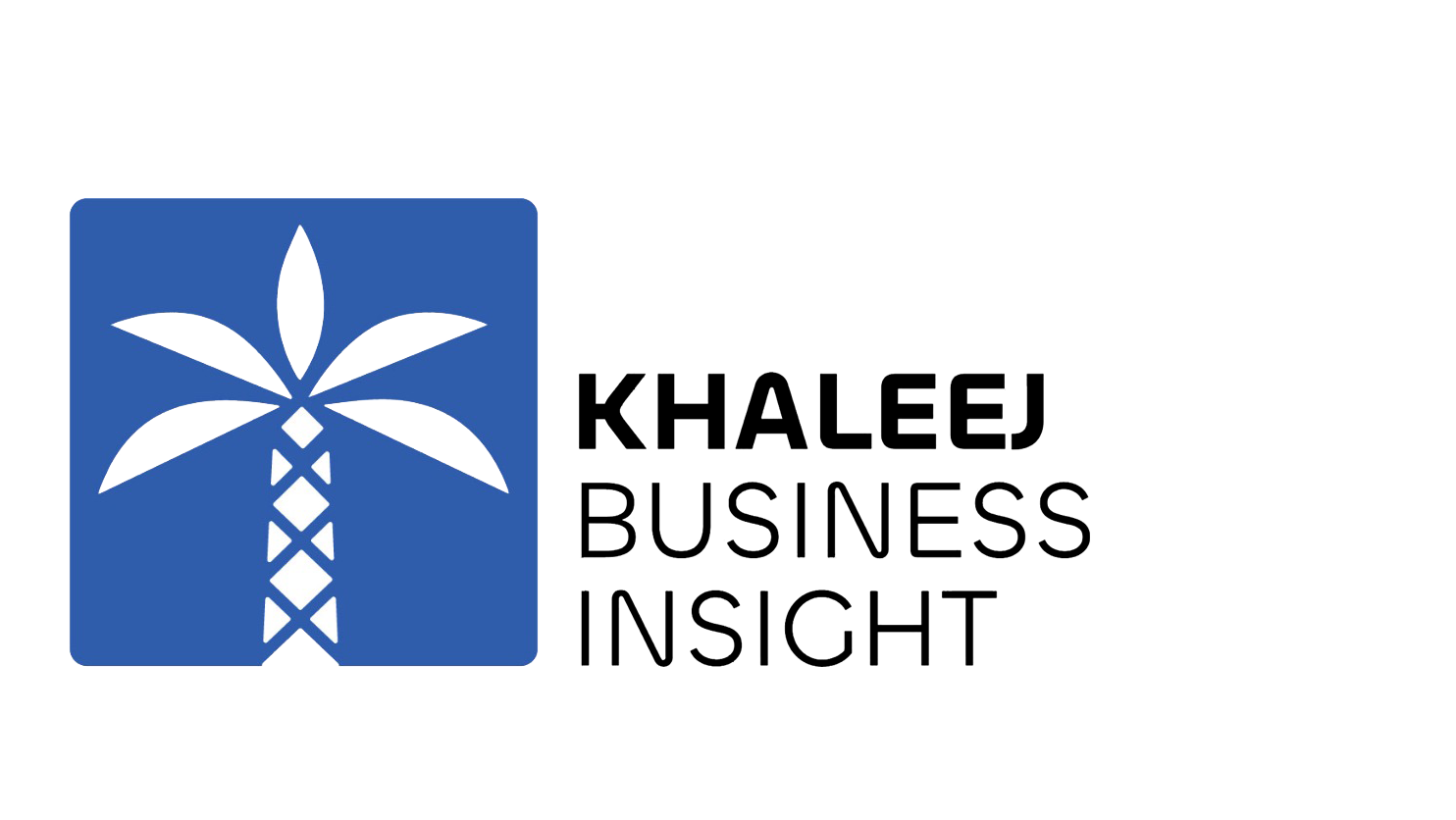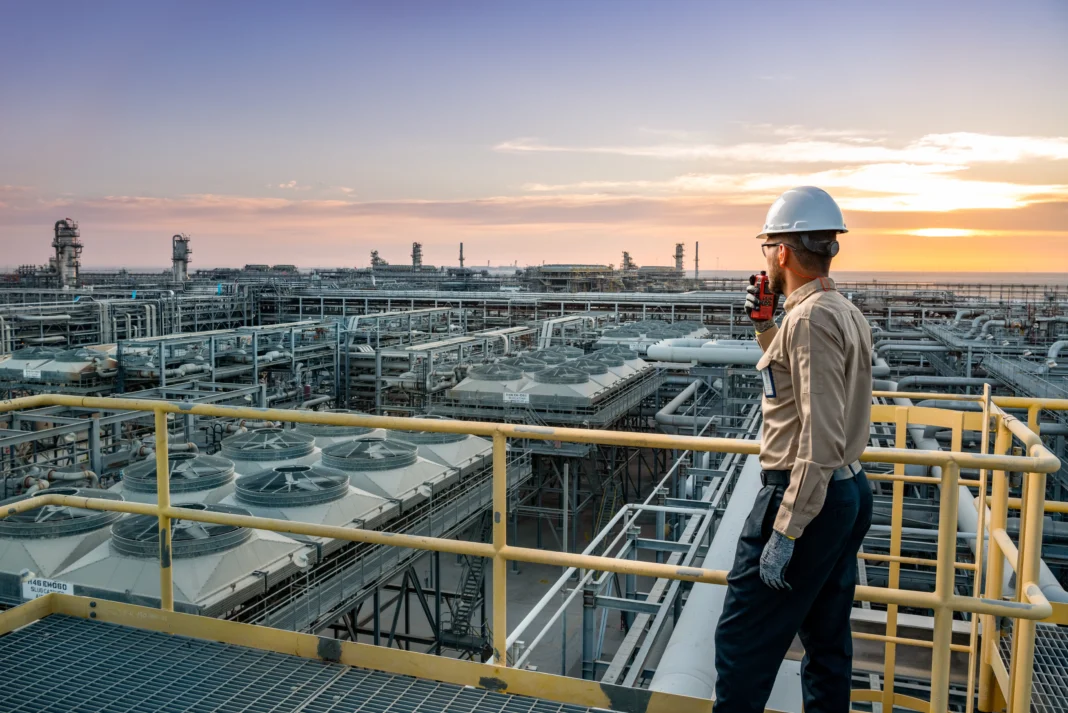Aramco shares have come under sharp pressure, dropping 14% and marking the worst performance among major oil companies. This decline has alarmed investors and raised concerns over Saudi Arabia’s most valuable state-run enterprise.
Saudi Arabia’s oil giant now faces headwinds from falling oil prices, shrinking dividends, and a shift in global energy strategies. Investors are questioning whether Aramco can continue to outperform Western oil majors.
Previously, Aramco traded at higher valuations due to its vast oil reserves and low production costs. The company produces oil at just under $12 per barrel. In contrast, international competitors average nearly $28 per barrel.
Despite its drop, Aramco remains the most valuable oil company in the world at $1.55 trillion. It also pays the industry’s highest dividend. However, the payout has declined sharply from last year, causing concern among long-term investors.
Saudi Arabia continues to hold 98% of Aramco shares. Therefore, any drop in valuation impacts its ability to raise funds from future share sales. These sales are crucial to finance the kingdom’s broader economic transformation.
Aramco’s current share price is 12% below the price of its latest offering. It also trades 19% under its average listing value. These losses have led analysts to question its growth outlook and dividend strength.
Meanwhile, Western oil majors like Exxon Mobil and Shell are gaining investor confidence. These companies are increasing production, especially in the Americas. Some have also delayed green energy targets to focus on higher returns.
Oil price swings have added to Aramco’s problems. This year, Brent crude ranged from over $80 to below $60 per barrel. As a leading OPEC member, Saudi Arabia’s production policy has shaped global oil trends. Yet, rising supply from non-OPEC countries is shifting the balance.
Analysts expect Aramco’s second-quarter profit to drop to about $24 billion. This would be a 20% decline from last year’s earnings. While base dividends remain strong, the performance-linked bonus dividend has mostly disappeared.
In the first quarter, Aramco paid more in dividends than it earned in free cash flow. To cover this gap, the company increased borrowing. Its debt levels remain low, but long-term sustainability depends on oil price recovery.
Without a strong rebound in oil prices, Aramco’s premium valuation may not return. Investors want reliable dividends and clearer growth strategies. Saudi Arabia may need to rethink how it positions Aramco for future capital raising.





